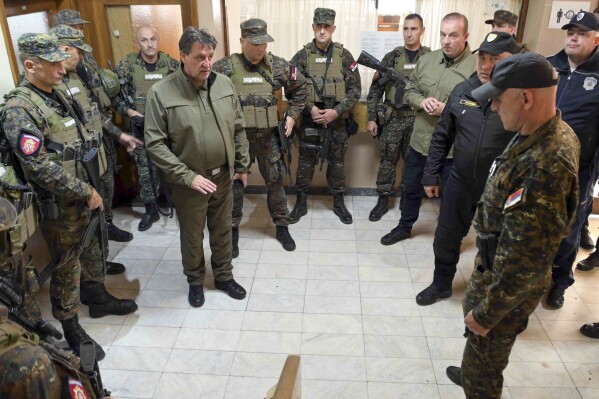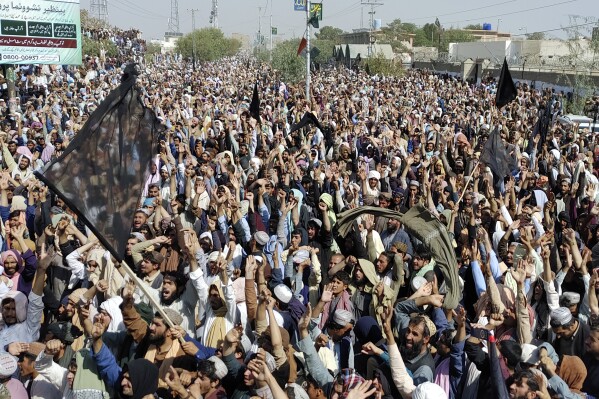Slovakia’s new government announces a massive deployment at the Hungarian border to curb migration
BRATISLAVA, Slovakia (AP) — The new Slovak government announced a big deployment of police and armed forces Monday along the border with Hungary to prevent growing numbers of migrants entering the country.
Prime Minister Robert Fico did not immediately give details of the deployment but said that illegal migration must be controled or else people linked to “terrorist” groups could enter the country.
Fico, who spoke after meeting Interior Minister Matus Sutaj Esto, said the deployment would start later Monday and that he would personally inspect the situation at the border.
His new government was sworn in last Wednesday after his leftist Smer, or Direction, party won the Sept. 30 parliamentary election, opening the way for the populist leader to become prime minister for the fourth time.
 Hundreds of Serbian police deploy in border zone with Hungary after deadly shooting among migrants
Hundreds of Serbian police deploy in border zone with Hungary after deadly shooting among migrants
 Pakistan sets up deportation centers to hold migrants who are in the country illegally
Pakistan sets up deportation centers to hold migrants who are in the country illegally
 German Cabinet approves legislation meant to ease deportations of rejected asylum-seekers
German Cabinet approves legislation meant to ease deportations of rejected asylum-seekers
The new government has not yet released its policy program, but Fico has suggested it will include a tough stance against migration.
Esto said that the situation in the world has been serious recently due to the war between Israel and the militant group Hamas, which attacked the country on Oct 7, and that he expected a new wave of migration.
The minister said the government hoped to control the entire 655-kilometer (407-mile) frontier with Hungary.
The previous Slovak government resumed random checks at the border with Hungary on Oct. 5, a day after the country’s neighbors, including Austria, the Czech Republic and Poland, reintroduced controls at their borders with Slovakia to curb migration. Then-Slovak Prime Minister Ludovit Odor criticized the neighbors’ border controls at the time, saying it would be preferrable to find a Europe-wide solution to the problem of migrants.
All four countries belong to the European Union’s visa-fee Schengen zone.
The migrants mostly use Slovakia as a transit country on the way to western Europe.
According to the Interior Ministry, Slovakia registered almost 40,000 migrants from the beginning of the year until Oct. 1 — 11 times more than a year ago.
———
Follow AP’s coverage of global migration at https://apnews.com/hub/migration
Disclaimer: The copyright of this article belongs to the original author. Reposting this article is solely for the purpose of information dissemination and does not constitute any investment advice. If there is any infringement, please contact us immediately. We will make corrections or deletions as necessary. Thank you.





